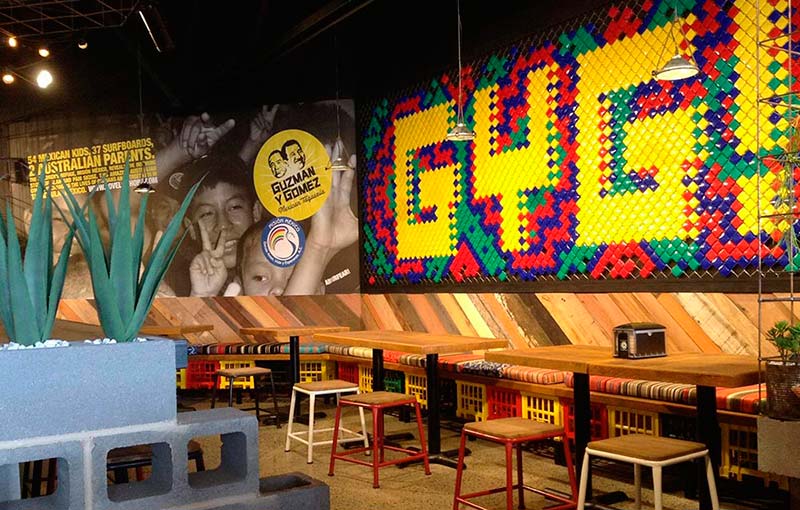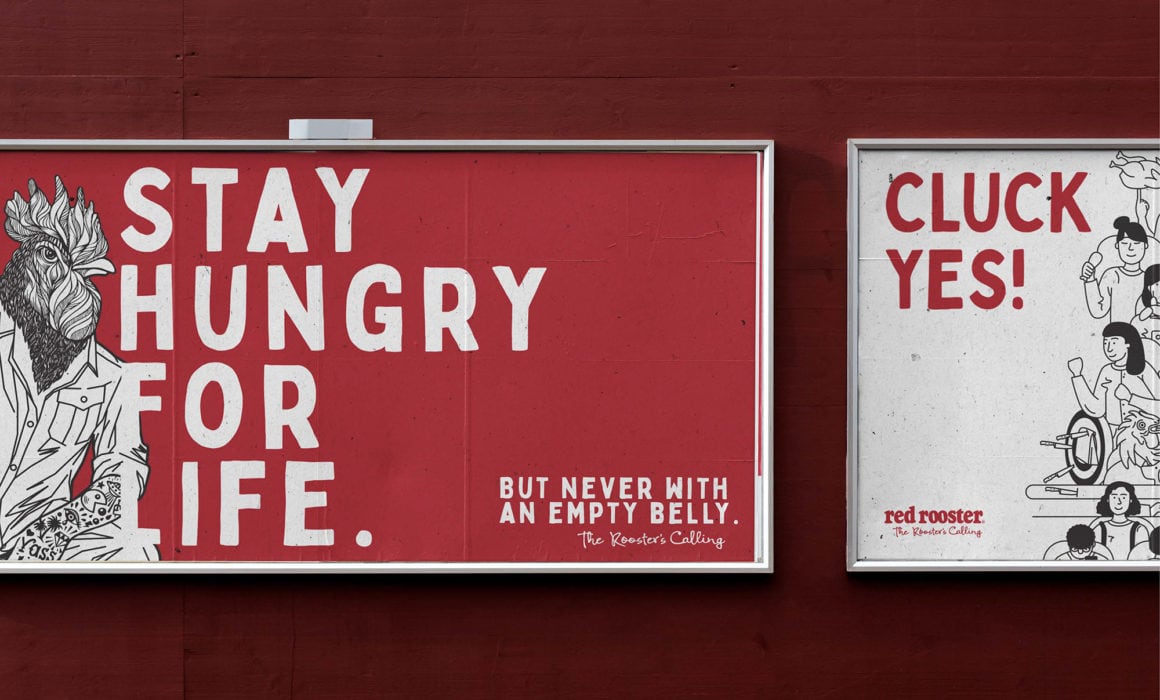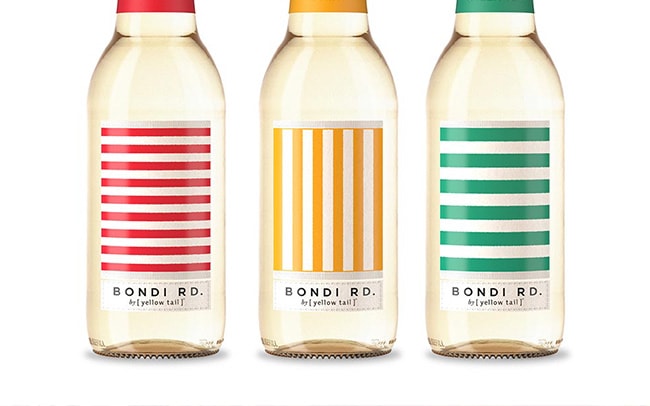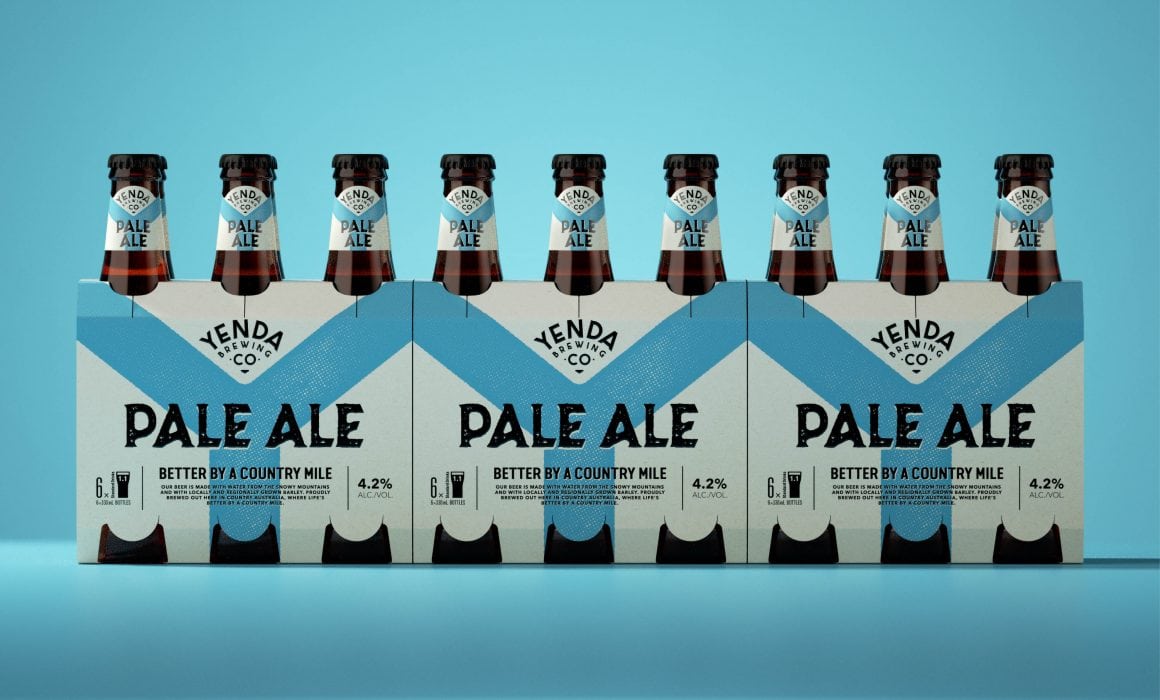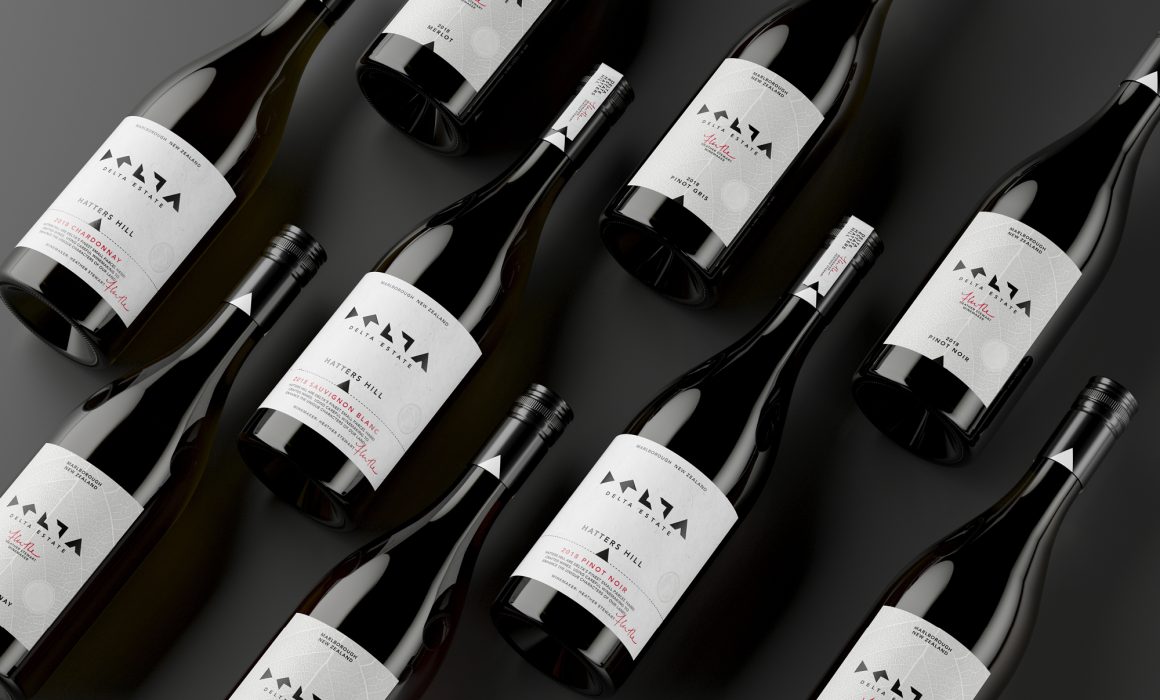Blog: Building A Brand
Branding
Building A Brand: Creating A Brand Development Strategy
28 March 2023

There is no doubt that we have emerged from the widespread disruption of the pandemic into a new reality – one where the consumer is king. Power has well and truly shifted away from companies as customer choice increases exponentially through online marketplaces. The popularity of food delivery apps and e-commerce platforms has led customers to expect convenience and quality above all else, while social media and online reviews can instantly make or break the reputation of a brand.
A recent study found that there are six key drivers that shape consumer purchasing decisions: value, convenience, choice, privacy, experience and purpose. The company-consumer relationship has evolved as customers desire more consistent and personalised experiences with brands that align with their values. This means companies that wish to survive (and thrive!) in this dynamic retail environment need to prioritise creating and maintaining a deeper relationship with their customer base. How? Through building their brand.
Brand building can take different forms depending on where you are on your food, beverage or retail journey. For newbies launching their first product, storefront or restaurant, building a brand encompasses the creation of an authentic and unique brand identity – everything that customers see and learn about your business. For established companies, brand building usually refers to brand development or rebranding to maintain a competitive edge in a flooded market, attract a new customer demographic or revitalise tired brand assets.
Creating a brand identity that people will love is hard. Creating a brand identity that customers want to remain loyal to is even harder. But both are vital to ensuring the success and longevity of your business.
Why building a strong brand identity is so important
Our ability to trust has taken a hit over the past few years. Living through a period of global uncertainty and having to adapt to sudden societal change (remember lockdowns?) has made us wary of company promises and more selective of the brands we choose to endorse. It has even been suggested that we are entering an age of cynicism, with a 2021 survey revealing only 47% of brands are considered trustworthy by consumers and worryingly, that up to 75% of brands are seen as easily replaceable.
So, it makes sense that trust has become the new measure of success for brands. Trust drives customer loyalty: a 2020 Deloitte survey found that 88% of customers who highly trust a brand have bought again from that brand, 73% have tried a new product or service from that brand, and 62% buy almost exclusively from that brand over competitors in the same category. Not maintaining the trust of your customer base can also be costly, with brands that broke customer trust due to scandals recorded to have lost up to a staggering 56% of their market capitalisation.
Being seen as a trustworthy brand by customers relies in part on your brand identity. Consumers will only forge meaningful connections with brands that can prove themselves to be authentic, transparent, purposeful, and above all, human.
Key elements for a successful brand development strategy
Building a brand from scratch requires strategic strategy development to place you in the best position to start establishing trust with your customers. Here are some elements to consider:
Establishing your purpose
Customers want brands to stand for more than just the products they sell. Purposeful brands know how to articulate why they exist and the positive impact they have on people’s lives, society and the environment. Effectively setting your brand apart from competitors isn’t the only benefit – brands with a clear purpose and high impact on people’s lives grew 2.5 times more than brands with a low perceived impact.
Consider what makes your brand unique and how it can positively affect your community, and make that the heart of your brand identity. Your brand doesn’t have to be ground-breaking or change the world, but it does need to be meaningful.
Refining your brand position
Finding your niche and refining your brand position will make your business stand out from the rest. When Saint Clair Family Estate came to us with the ambition to create a world-class New Zealand wine brand in less than one generation, we drew on the quality of their vineyards and the family’s history as viticulture pioneers in Marlborough to create a distinct brand identity which has grown with the business. Today, Saint Clair is ranked in the top 100 wineries in the world with over 20 sub-brands exported across the globe.
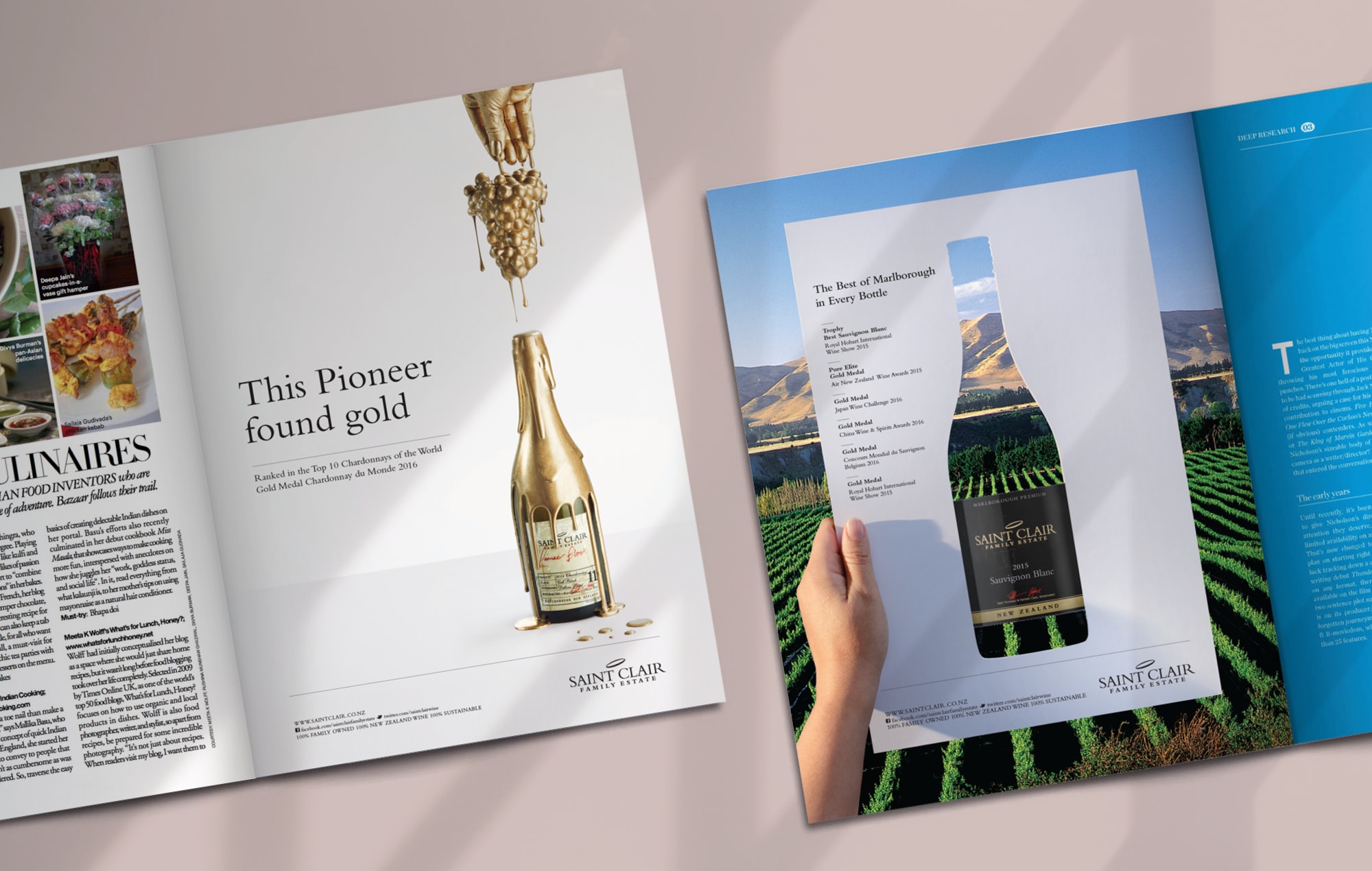
Understanding the market
Finding your place in the market necessitates research. You can learn invaluable lessons from major players in your industry, from what is exciting and eye-catching about their brand assets to how they interact with their customer base. How do they deal with customer complaints? Maintain customer loyalty? What is their social media presence like?
This doesn’t mean that you should try to create a brand identity similar to your competitors. You definitely don’t want to be overlooked or worse, mistaken for another brand. Instead, you should try to zig where the rest of the market zags – authenticity and innovation are what attract consumers and make them care about your brand.
Identifying your ideal customer
It is no longer enough just to have a high-quality product – you need to find a way to cut through the noise and resonate with your target customer. Sometimes this means increasing specificity, as was the case with Delta Estate Wines. We crafted a memorable brand identity that reflects Delta’s elegance, restraint, and attention to detail, resulting in a significant increase in both domestic and global sales.
Other times, this may mean evolving your brand to avoid being lost on the shelf. Yenda Brewing Co. had lost market share due to a massive influx of competitors into the craft beer space. By creating intelligently disruptive packaging to draw the eye and reflect its connection with country Australia, we were able to drive a more mainstream positioning in the market and engage the attention of a wider customer base.
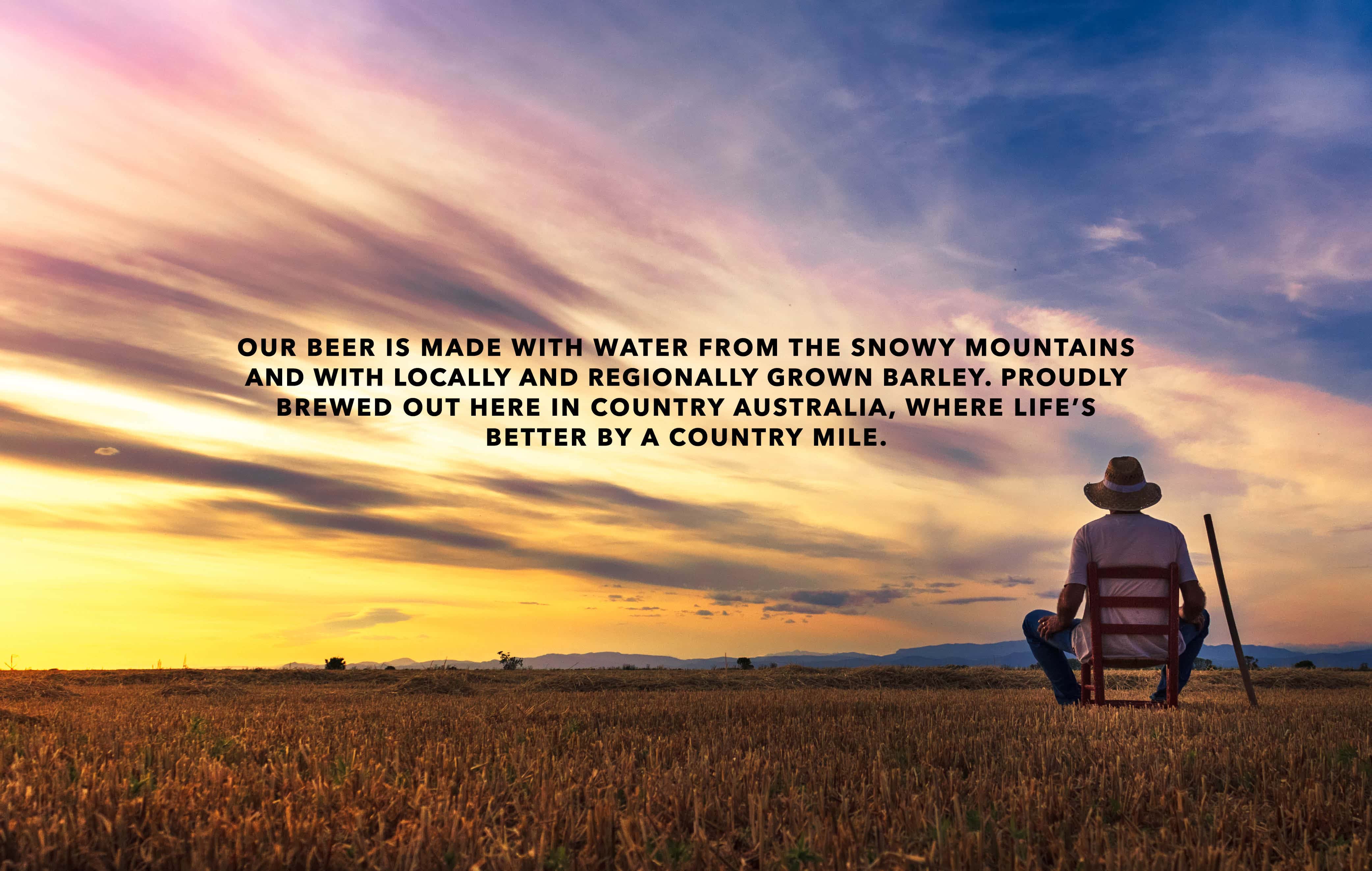
Telling the story of your brand
If you want consumers to care about your brand, then you need a good story. Storytelling is one of the oldest and most evocative forms of communication – stories are how we learn to navigate the world and each other. We believe that great brands are built on great stories and that having an authentic story at the centre of your brand can go a long way towards humanising your business.
But what makes a great story? Easy: one which creates warmth, trust and connection between you and your customers. So, think about who you are, where you come from, and what you can deliver that no other brand can, and you’re well on your way to building your brand identity.
Finding your voice
Sometimes solidifying the voice of your brand boils down to asking the right questions. Guzman Y Gomez was born out of the desire to introduce real Mexican street food and culture to Australia at a time when there was little understanding of Mexican cuisine. Our research revealed an increasing appetite for culturally authentic dining experiences, so we positioned
GYG as an authority on contemporary Mexican food, resulting in the fastest-growing QSR chain in Australia with over 130 restaurant locations.
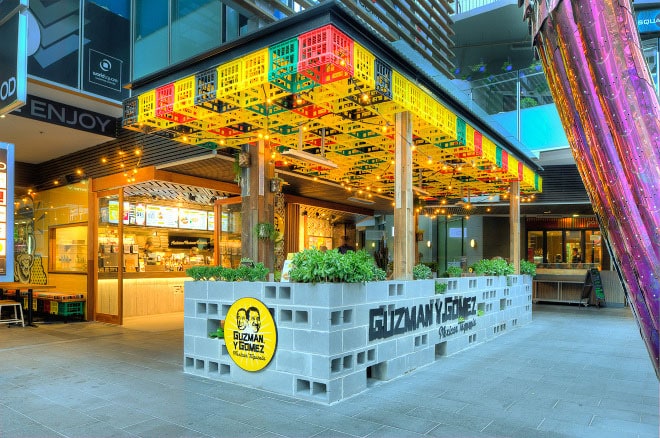
Creating intelligently disruptive designs
In a saturated marketplace, you really don’t want to waste time blending in with the crowd. We believe in disruptive, bold design which leaps off the shelf or out of the screen. The visual design of your brand can encompass everything from typography and colour palette to graphics and the all-important logo, which might one day symbolise your entire business. Great visual design should tell your brand story instantly, and if it can leave your customers smiling too, so much the better.
Don’t fall into the trap of just trying to be aesthetically pleasing, either. Memorable brands intelligently disrupt the status quo by catching both the eyes and imaginations of consumers.
Developing Ownable Assets
Quick! Think of one of your favourite food or beverage products: was it the name or the logo that popped into your mind first? As a brand, you need unique, ownable assets that you can develop to suit your evolving needs. Cleverly designed brand assets make your business instantly recognisable and embody your brand identity to both existing and new customers. This was the case with RUM Co. of Fiji from Coca-Cola Amatil, which was underperforming in the spirits category until our packaging design refresh that paid respect to the Fijian heritage of the brand and increased Australian sales five-fold within the first year.
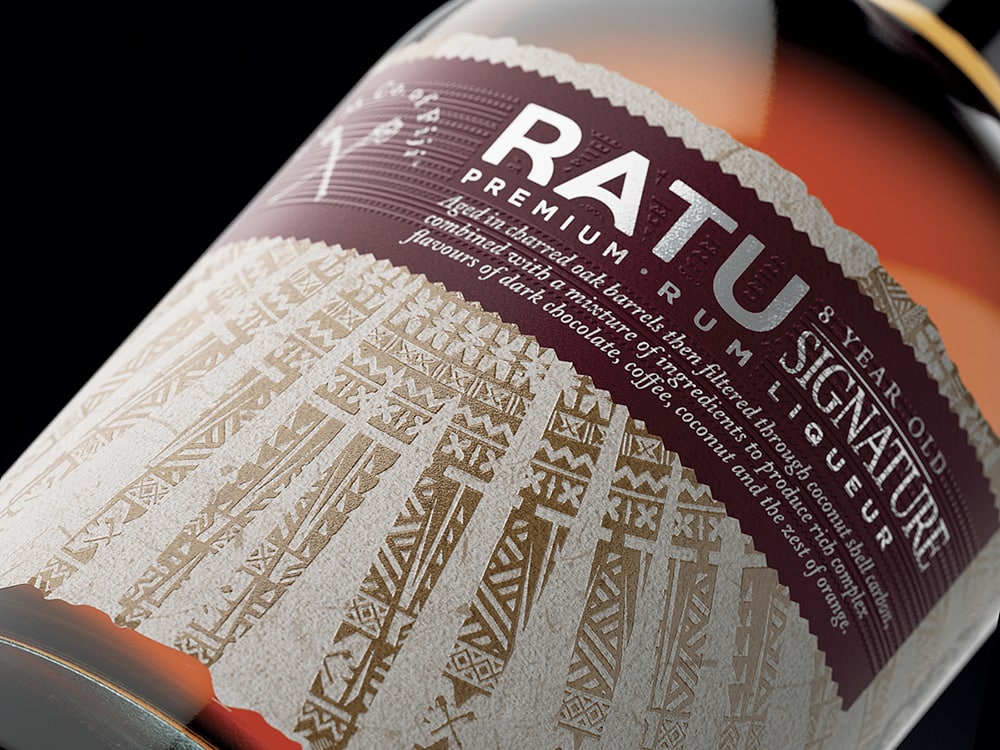
Fostering cohesion and consistency
Although creativity is crucial for building your brand and attracting your ideal customer base, you also need to consider the role of cohesion and consistency in creating a trustworthy brand. Customers need to trust that you will continue to deliver the same quality of service, listen to their concerns and fulfil the purpose of your brand as communicated through your brand story.
As customers, we like familiarity – the belief that we understand and are understood in turn by our favourite brands. Keeping customers aligned with your brand means getting to know them and putting effort into maintaining that personal connection, whether that be in-store, through your brand assets, or online.
Building brand awareness
A brand identity is made up of various elements which all need to work cohesively together to retain customer loyalty. Strong brands ensure that every product, asset, and social media post reflects their authentic brand identity. Consumers want transparency – any note in your branding that doesn’t ring true can damage your reputation. That’s why when we were asked to bring the story of Soo Zee 23’s Sichuan beef noodle soup to life, we made sure that the authenticity of their specialty cuisine featured in every aspect of their brand identity.
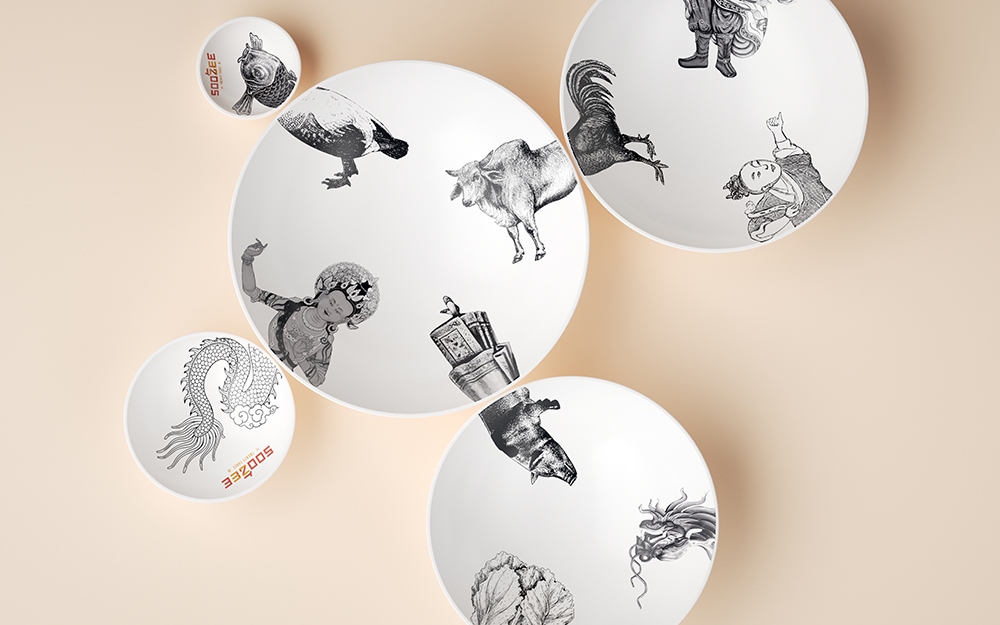
Tips for ensuring brand success and longevity
Building a strong brand doesn’t end at the launch date of your business – brand development is ongoing and it isn’t uncommon to partially refresh or fully rebrand after a certain length of time.
However, there’s definitely a sweet spot between implementing the innovation required to attract new customers and maintaining the consistency that consumers crave. Let’s discuss how some of Australia’s best-loved brands reinvented themselves while keeping the trust and loyalty of their customer base.
Apply your brand across your organisation
Successful branding is consistent branding, so once you have decided to redevelop your visual and verbal brand identity, you need to follow it through. Potentially alienating your existing customers is a lesser risk than only partially completing the transformation and seeming uncertain about the creative direction of your business.
As Australia’s favourite chicken shop, Red Rooster had more to risk than most when they came to us for a brand refresh to match their new menu. But by injecting humour and personality into their distinctive brand assets, Red Rooster can now appeal to a whole new generation of chicken fans.
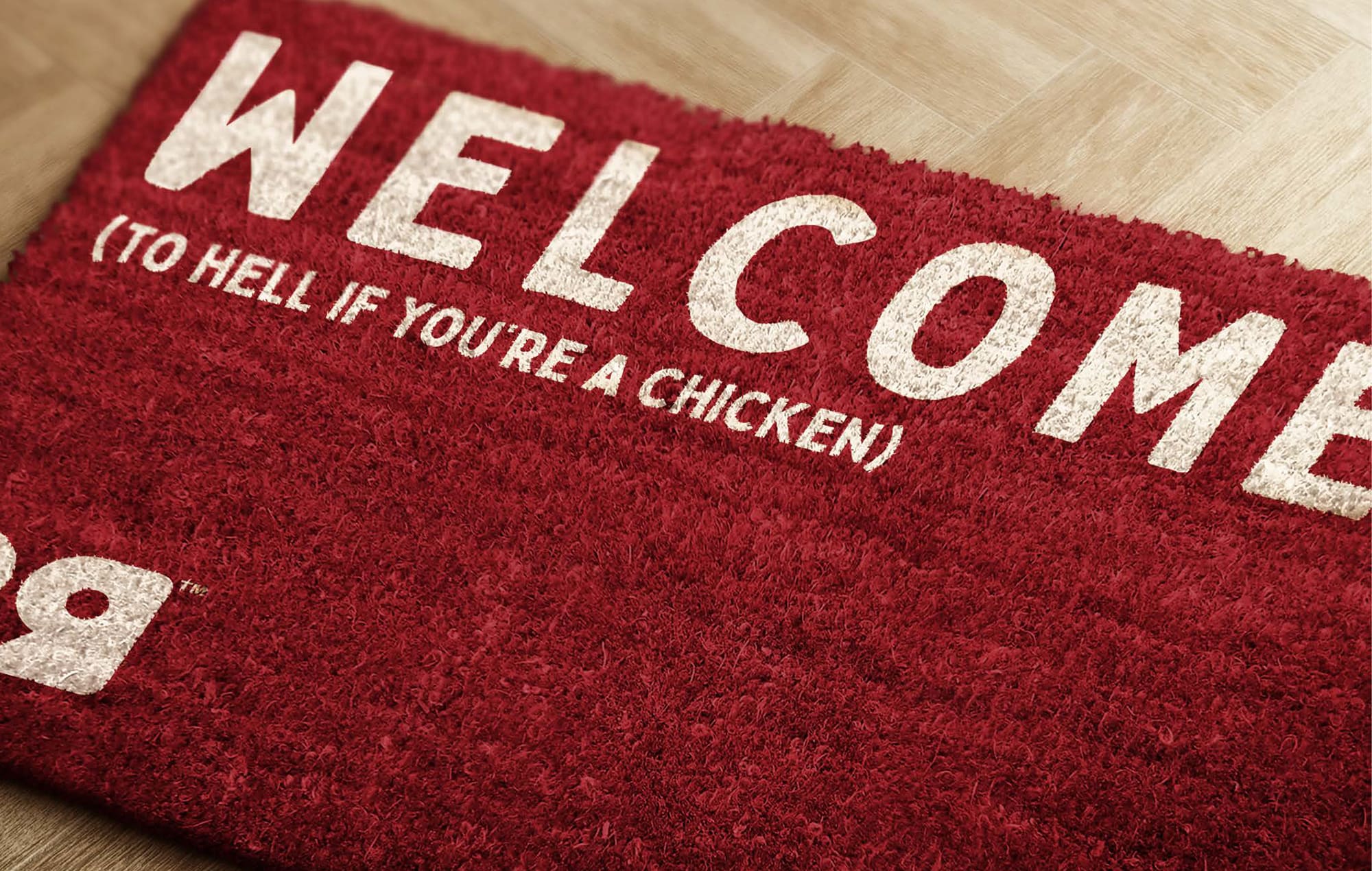
Revitalise your brand with new assets
For established or legacy brands, longevity and success can be a balancing act. You need to maintain what customers love about your brand while remaining relevant and competitive. Sometimes all that’s needed is a refresh of your brand assets to revitalise your business while ensuring that you remain easily recognisable.
This was the case with Doyles Seafood, who are widely known for having the best fish ‘n’ chips in Sydney. Doyles has been serving fresh seafood since 1885, so we made sure that heritage was clearly reflected across multiple touchpoints.
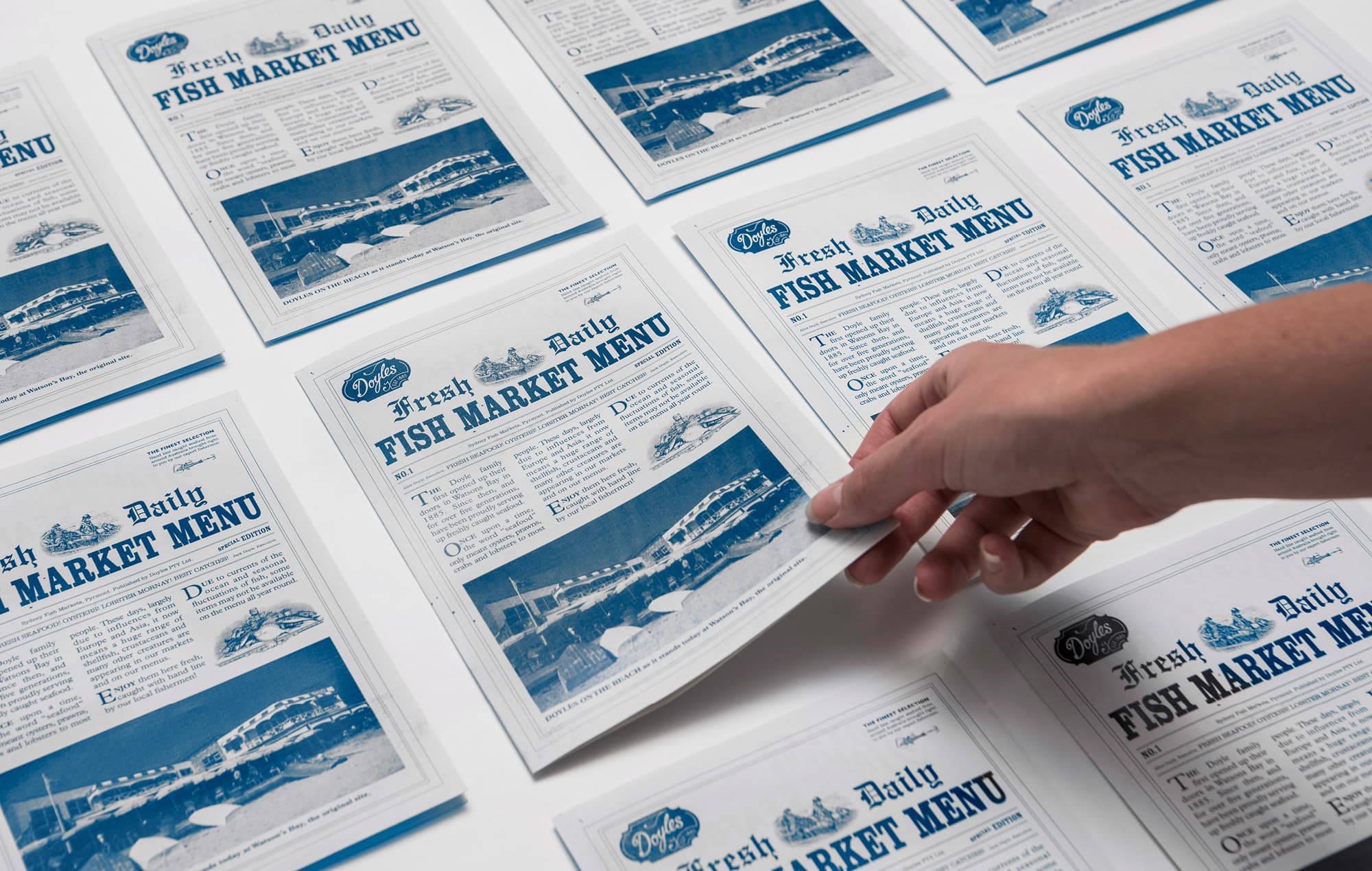
Connect with your customers
The last thing you want to do is drift out of touch with your customer base. New products and restaurants are entering the marketplace every year, so to prevent your customers from looking elsewhere you need to understand and emphasise what made them connect with your brand in the first place.
Chicken Treat has had a huge following in Western Australia since the 1970s, but became dated and challenged by competitors. By referencing its origins with 70’s comic book-style assets while simultaneously modernising the brand, we helped Chicken Treat increase its sales by 12%.
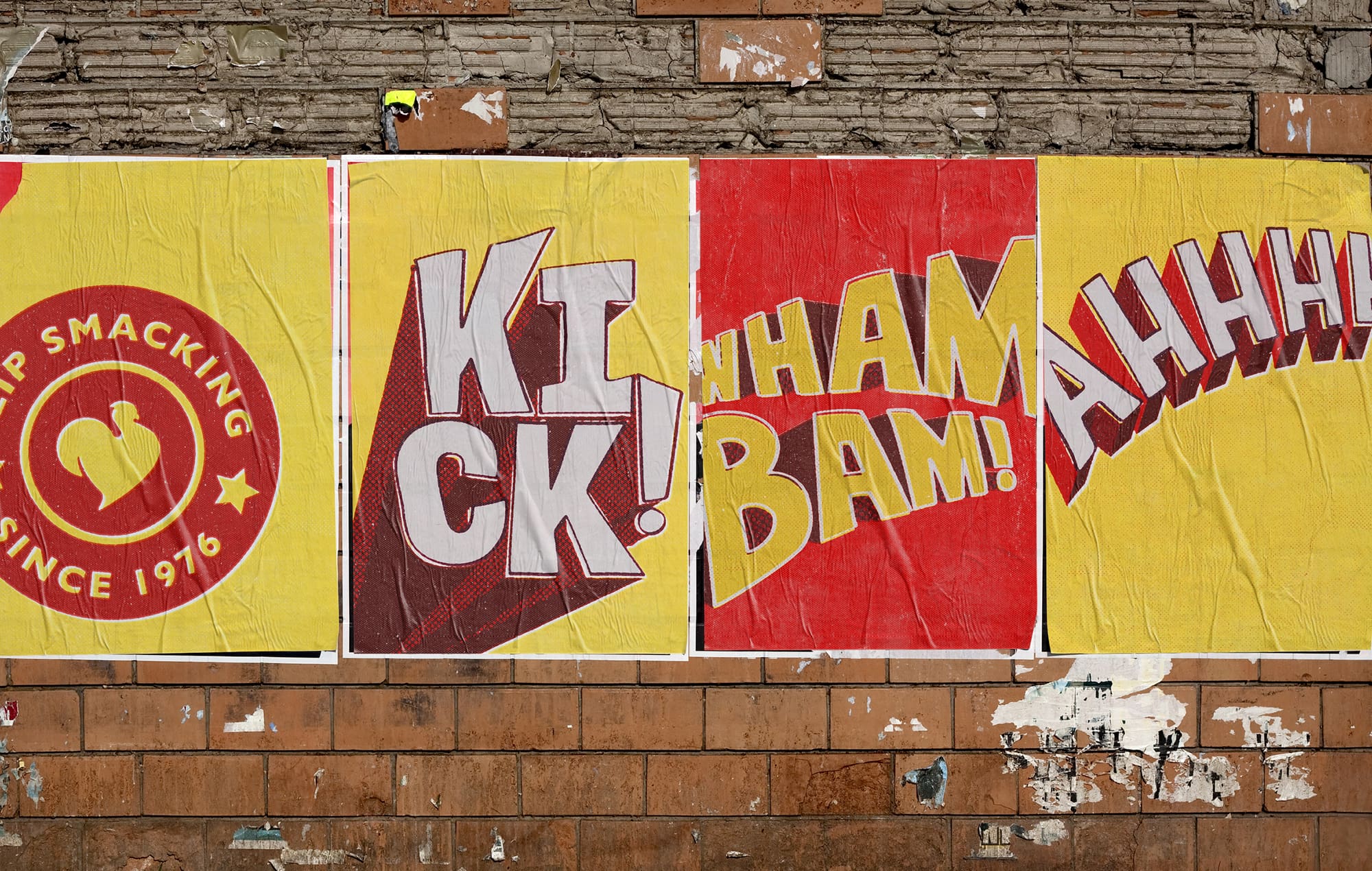
Be committed and creative
Brand authority comes from commitment and creativity, exemplified in success stories like Coca-Cola Amatil. Building your brand to become a household name means being willing to take creative risks and re-energise your business when required.
Although known for its ‘famous Bondi Beach chicken burgers’, Oporto took the opportunity to evolve their brand positioning as the QSR brand expanded into regional Australia. By rebranding with us as experts in authentic ‘Portuguese Flame Grilled Chicken’, Oporto expanded its customer appeal, contributing to a 40-point increase in their store’s Net Promoter Score.
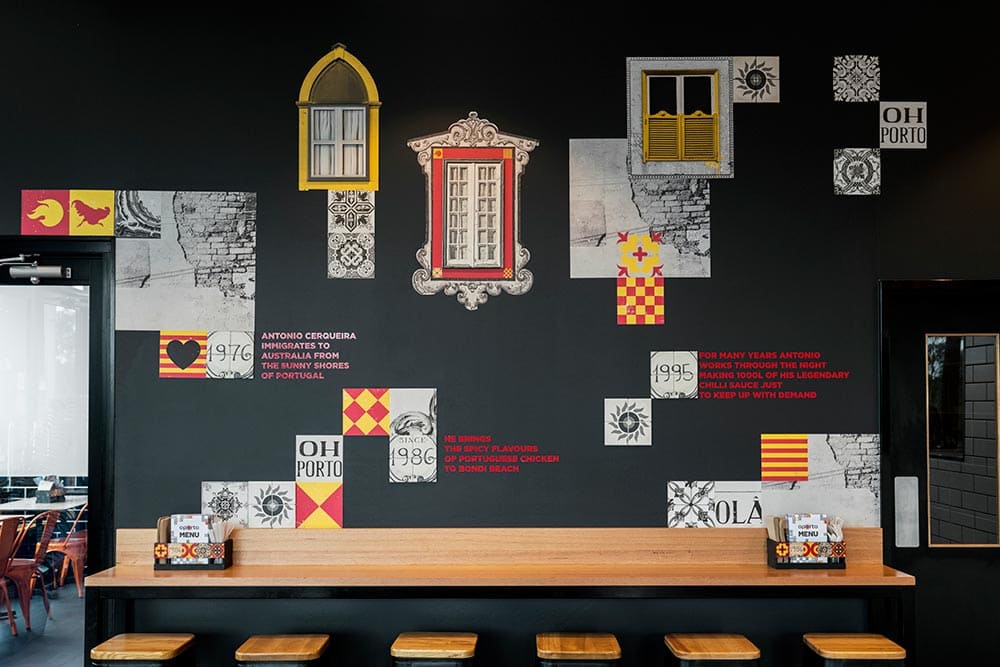
Related Articles
Blog: Building A Brand
There is no doubt that we have emerged from the widespread disruption of the pandemic into a new reality – one where the consumer is king. Power has well and truly shifted away from companies as customer choice increases exponentially through online marketplaces. The popularity of food delivery apps and e-commerce platforms has led customers to expect convenience and quality above all else, while social media and online reviews can instantly make or break the reputation of a brand…
TAGS

